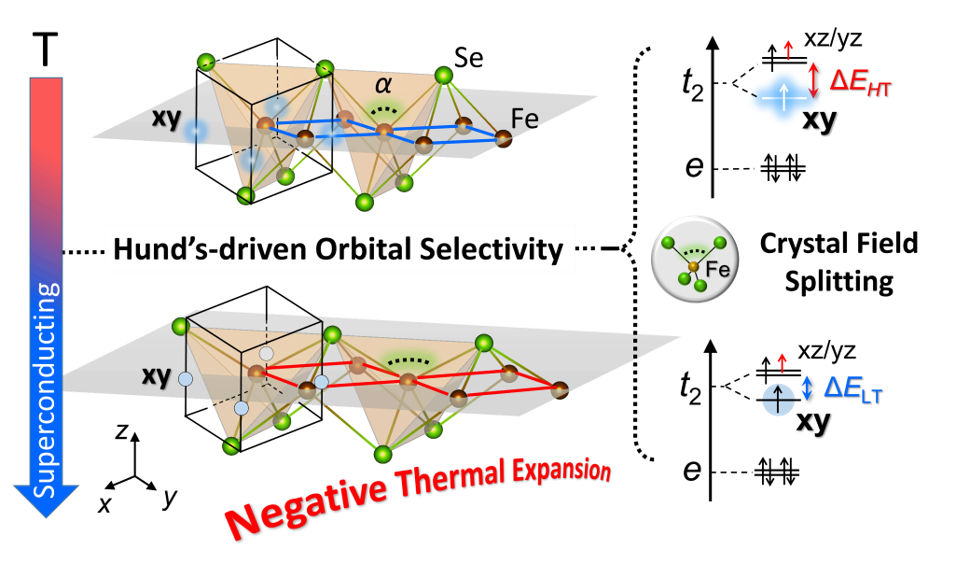
 Contributions from the HIP-2D-QM project at IPB’s Center for Solid State physics and New Materials , as part of collaborative research led by FORTH’s Quantum Materials and Magnetism Lab , help revealing that strong electron correlations drive intertwined electronic and structural instabilities at the core of multiorbital superconducting pairing.
Contributions from the HIP-2D-QM project at IPB’s Center for Solid State physics and New Materials , as part of collaborative research led by FORTH’s Quantum Materials and Magnetism Lab , help revealing that strong electron correlations drive intertwined electronic and structural instabilities at the core of multiorbital superconducting pairing.
In a new series of complementary experiments [1], scientists from the Institute of Electronic Structure and Laser (IESL) at FORTH — Myrsini Kaitatzi, Alexandros Deltsidis, Izar Capel Berdiell, and Alexandros Lappas — working closely with collaborators from ALBA (Laura Simonelli, Alexander Missyul), DESY (Martin Etter), and IPB (Emil S. Bozin), explore a fundamental question at the forefront of condensed matter research: how strong must electron–electron interactions become to raise the temperature at which superconductivity appears?
By harnessing brilliant synchrotron light sources, the researchers reveal previously hidden phases that clarify the delicate interplay between electronic orders—an essential factor shaping the behavior of quantum materials, especially those where electrons move without resistance.
The team’s findings spotlight a novel two-dimensional (2D) iron-based material designed to conduct electricity without losses—paving the way for energy-efficient systems and next-generation electronics that demand far less cooling than today’s superconductors. By combining intercalation chemistry for precise property control, X-ray total scattering for detailed structural information, and high-resolution core-level spectroscopies (XAS, XES) with element-specific, femtosecond sensitivity, the researchers uncover site-local fluctuations that reveal an emerging electron-correlation–driven instability.
As the material cools, this instability emerges as an unconventional form of negative thermal expansion caused by intricate magnetic interactions. Under the Mott–Hund’s framework—which describes how electrons shift between mobile and localized behavior—orbital differentiation is found to temper electronic correlations and support spin-fluctuation–driven interactions. These combined effects point to new strategies for creating layered quantum materials where superconductivity and magnetism can coexist and possibly reach higher transition temperatures.
Reference
[1] A. Lappas, M. Kaitatzi, A. Deltsidis, I. Capel Berdiell, L. Simonelli, A. Missyul, M. Etter, and E.S. Bozin, “Orbital-Selective Instabilities and Spin Fluctuations at the Verge of Superconductivity in Interlayer-Expanded Iron Selenide”, Chemistry of Materials (2025).
DOI: https://doi.org/10.1021/acs.chemmater.5c01488.
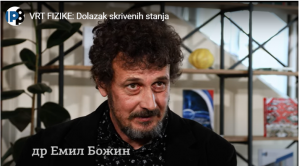
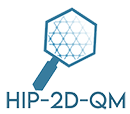
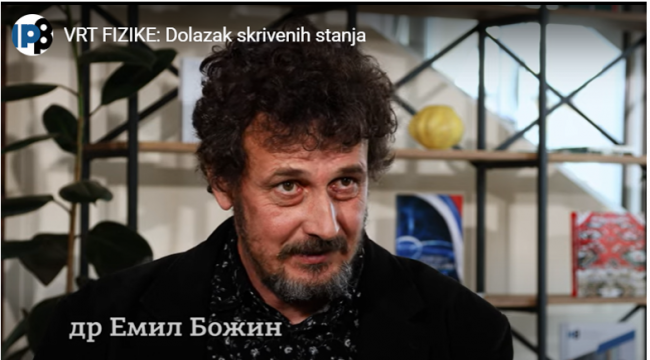
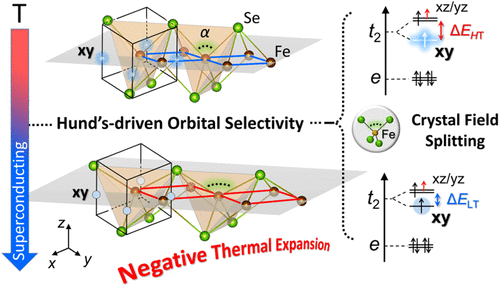
 Contributions from the
Contributions from the 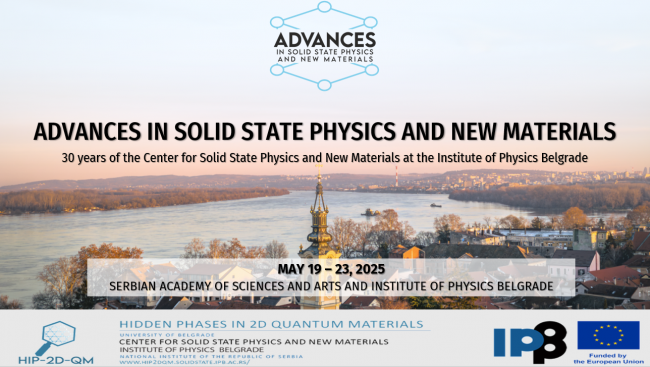


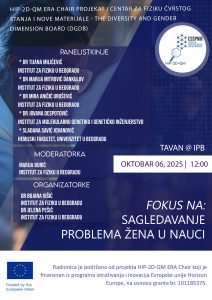
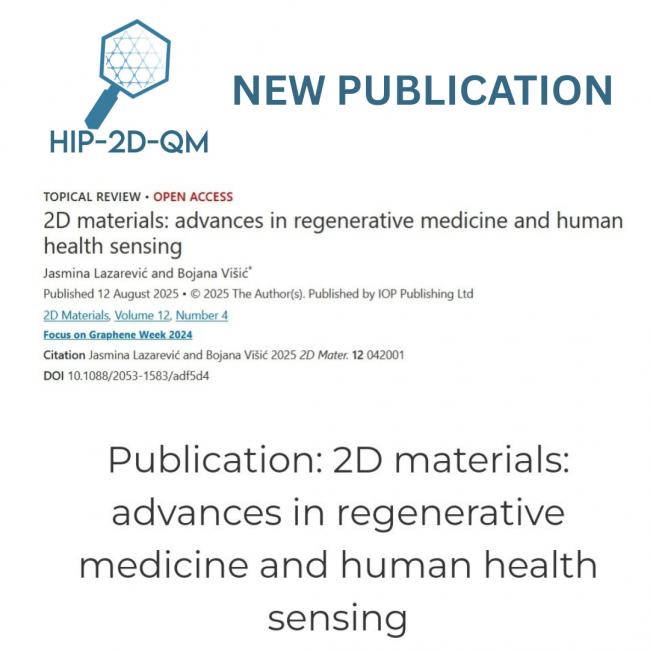
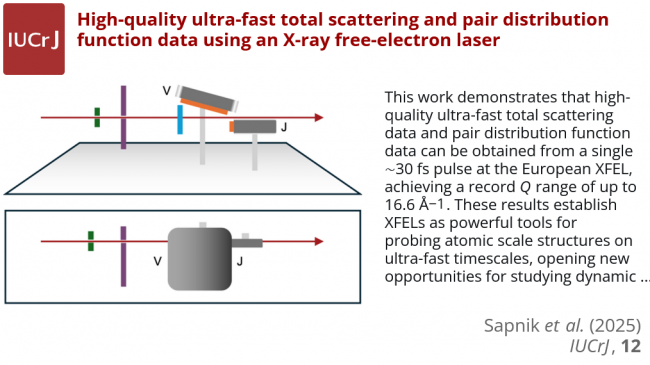
 A collaborative team of scientists, including IPB’s ERA Chair Emil Bozin, has achieved a breakthrough in materials science by capturing ultra-fast, high-quality structural data using an X-ray free-electron laser (XFEL). Using just a single ~30 femtosecond pulse at the European XFEL’s HED instrument, the team resolved atomic-scale structures in materials ranging from crystals to liquids. This advancement breaks previous speed and resolution limits, opening new possibilities for studying rapid structural dynamics in real time.
A collaborative team of scientists, including IPB’s ERA Chair Emil Bozin, has achieved a breakthrough in materials science by capturing ultra-fast, high-quality structural data using an X-ray free-electron laser (XFEL). Using just a single ~30 femtosecond pulse at the European XFEL’s HED instrument, the team resolved atomic-scale structures in materials ranging from crystals to liquids. This advancement breaks previous speed and resolution limits, opening new possibilities for studying rapid structural dynamics in real time. 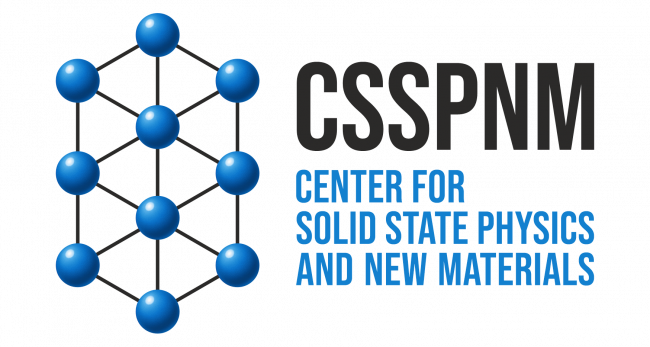
 To celebrate 30 years of the Center for Solid State Physics and New Materials (CSSPNM), we are proud to launch our new website and visual identity. The updated logo and redesigned site reflect the Center’s growth, renewed focus, and continued commitment to cutting-edge research in quantum materials, condensed matter physics, and advanced characterization techniques.
To celebrate 30 years of the Center for Solid State Physics and New Materials (CSSPNM), we are proud to launch our new website and visual identity. The updated logo and redesigned site reflect the Center’s growth, renewed focus, and continued commitment to cutting-edge research in quantum materials, condensed matter physics, and advanced characterization techniques.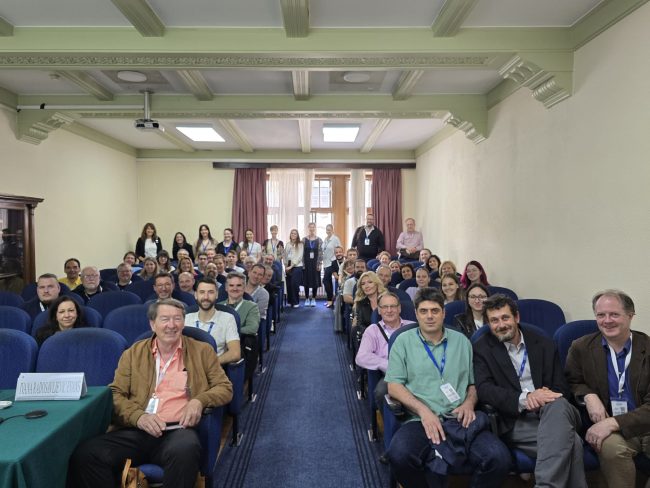

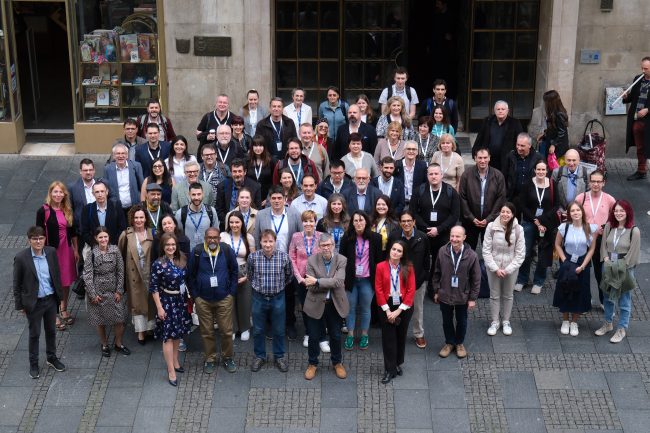
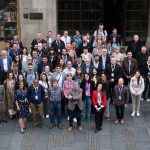


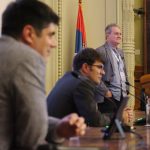



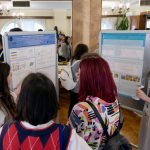
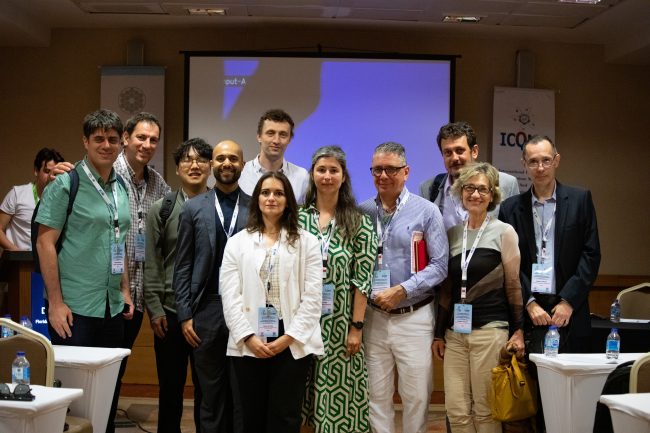
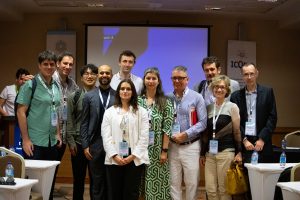 As part of the
As part of the